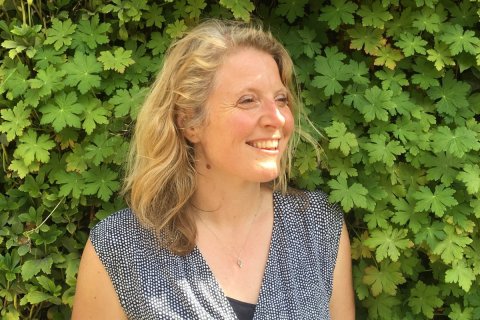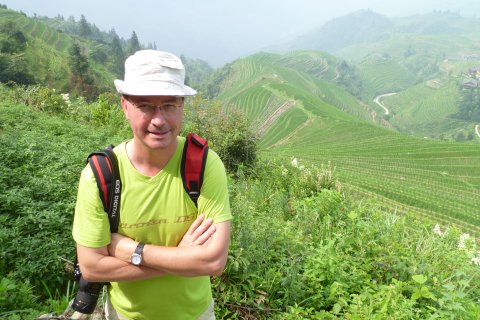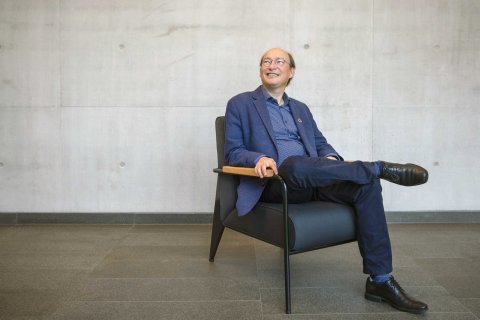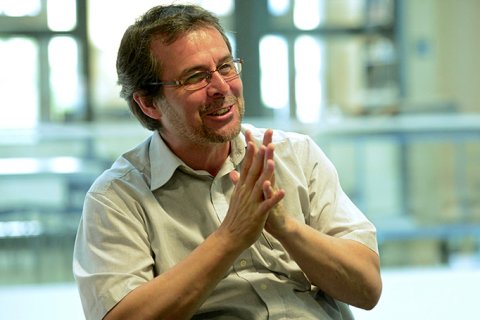Four Copernicus researchers in Web of Science 2019 Highly Cited List
Four researchers at the Copernicus Institute of Sustainable Development at Utrecht University are among the world’s most influential in their fields. The Web of Science Group, an information and technology provider for the global scientific research community has compiled the 2019 Highly Cited Researchers - made up of more than 6,000 scientists from around the world.
Prof. Harriet Bulkeley, Dr. Kees Klein Goldewijk, Prof. Detlef van Vuuren, and Prof. Bernhard Truffer are among the top 1% of the most-cited in their respective fields over the past 11 years. Their impressive work combines high academic impact with societal collaboration, knowledge co-creation and policy work.

Harriet Bulkeley: societal collaboration for nature-based solutions
Harriet Bulkeley focuses on the politics and governance of environmental issues, looking at questions and opportunities around energy, smart grids, infrastructure, housing, mobility and most recently, nature and biodiversity. Bulkeley currently coordinates NATURVATION, a project that collaborates with city governments, NGOs, business and communities to develop the knowledge and tools required to realise the potential of nature-based solutions for meeting urban sustainability goals.
With the REINVENT project, Bulkeley is examining the potential and challenges of deep decarbonisation in the ‘hard to reach’ parts of the carbon economy – meat, milk, plastics, paper and steel. Her research has contributed to developing an understanding of politics of decarbonisation, and exploring the role of the finance sector in low carbon transitions.

Kees Klein Goldewijk: bridging disciplines to reconstruct past land use
Kees Klein Goldewijk is the creator of the History Database of the Global Environment (HYDE), which is trying to reconstruct global human land use for the last 10,000 years. To do this he is building bridges with archaeologists, historians, anthropologists and geographers to find the missing pieces of the puzzle.
“They know everything there is to know about their specific historic case studies,” he explains. “If we can accurately reproduce the past, we can show that we better understand the underlying processes, and this gives more credibility to the way we are modelling how human land use contributes to climate change in the future. With this we will be able to make better informed policy decisions that minimize the impacts of climate change.”
Read the article detailing Klein Goldewijk's work on the Utrecht University website.

Detlef van Vuuren: Scenarios for guiding more ambitious climate targets
Detlef van Vuuren leads the IMAGE Model team, based at the Netherlands Environmental Assessment Agency (PBL) and Utrecht University. The IMAGE model explores what kinds of strategies can lead to certain climate change objectives.
Ten years ago, most projections were aimed at limiting global warming to 2.5℃. When policymakers began increasing emphasis on a 2℃ target, IMAGE was the first to look at which detailed scenarios could conceivably limit an increase in global temperatures to 2℃. Through the IPCC, these scenarios were integral to a more ambitious 2℃ target in the Paris Climate Change Agreement.
Interview with van Vuuren in Alumni Magazine Illuster.

Bernhard Truffer: pioneering the field of the Geography of Transitions
Bernhard Truffer has pioneered the field of the Geography of Transitions, emphasizing how environmental innovation and transition processes in different sectors may depend on resources that are located in and interconnected between different parts of the world.
Conducting research across Western Europe, Australia, the US, China, as well as East and South Africa, Truffer’s research focuses on global innovation systems, regional industrial path creation, catching up of developing countries, transformations of basic infrastructure sectors and the upgrading of urban informal settlements in the Global South.

